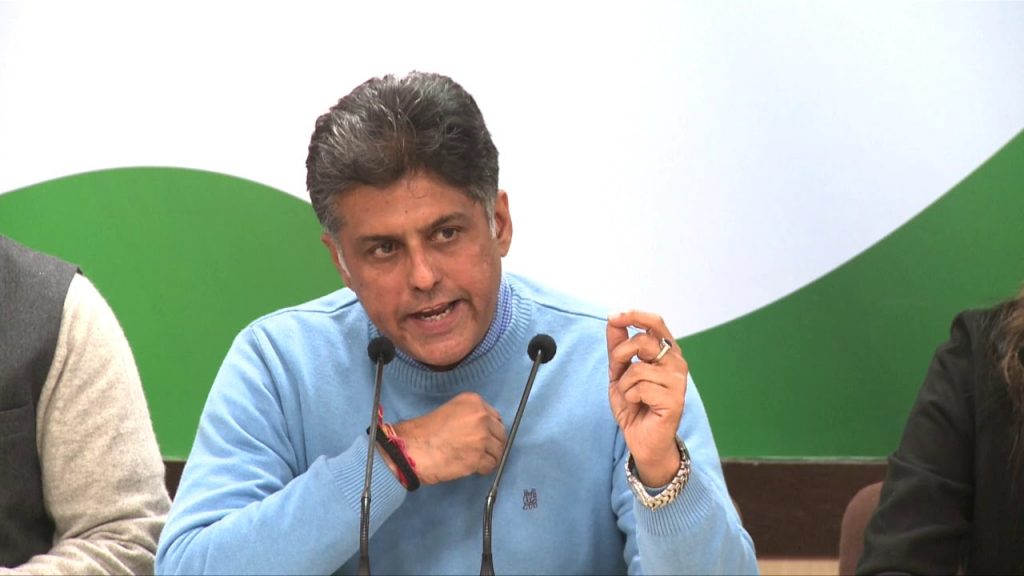The Hidden Trigger: Ideology and the Kashmir Massacre
The recent ceasefire between India and Pakistan came after yet another horrifying terror attack — 25 Indian tourists executed in Kashmir, reportedly after being identified by their religion. But Congress MP Manish Tewari says this was not a random act of terror. In his view, it was the direct fallout of a speech by Pakistan’s Army Chief General Asim Munir, who reasserted the outdated two-nation theory, reviving a divisive ideology that has fueled conflict for decades.
Tewari remarked, “It was clear this provocation would not go unanswered.” His words reflect the growing consensus in India’s strategic circles that Pakistan’s ideological and military support to extremist elements must be addressed not just militarily, but diplomatically and ideologically.
Diplomatic Reality: Mediation Behind Closed Doors
In one of the most honest assessments by a sitting Indian MP, Tewari confirmed what many governments are hesitant to acknowledge publicly — that third-party mediation is a functional reality in India-Pakistan relations.
“From the 1990 Gates mission to Kargil, Kaluchak, and even 26/11 — every major flashpoint has involved some form of external backchannel,” Tewari said. His statement shines a light on how international players, particularly the United States, quietly intervene to prevent conflict escalation, especially under the looming shadow of nuclear weapons.
Rather than denying it, Tewari advocates recognizing and utilizing such diplomacy wisely.
Historic Pattern of External Intervention
Tewari detailed several key instances where the international community — especially the U.S. — stepped in to cool tensions:
- 1990: The Robert Gates mission when Pakistan hinted at using nuclear weapons.
- 1999: Nawaz Sharif’s unscheduled visit to President Clinton during the Kargil War.
- 2001–2002: Operation Parakram and the Kaluchak massacre saw major U.S. diplomatic pressure.
- 2008: Post-26/11, the world quietly worked to keep India and Pakistan from war.
- 2016: Even after India’s Uri strikes, backchannel talks followed.
Tewari’s argument is clear: international diplomacy is baked into the fabric of India-Pakistan relations, especially in moments of military tension.
India’s Calculated Military and Diplomatic Moves
Tewari emphasized India’s recent air and precision strikes as part of a larger doctrine of coercive deterrence. “The goal was to make it clear that Pakistan cannot provoke without consequence,” he stated.
However, he was equally clear about why India chose not to escalate further. “Once the strategic objective is achieved — deterrence — continuing military engagement becomes reckless,” Tewari said, praising the Indian leadership’s restraint.
He pointed out that this calculated de-escalation reinforces India’s global image as a responsible power and gives the international community time to pressure Pakistan into real reform.
Dismantling Terror: The Litmus Test for Peace
Tewari didn’t shy away from addressing the elephant in the room — Pakistan’s support for terrorist networks. “Without a verifiable and sincere effort by Pakistan to dismantle its terror infrastructure, no peace process will ever be sustainable,” he warned.
He further stated that India’s policy is not just about military strikes or ceasefires, but about building a system of deterrence that pressures Pakistan into genuine action. Until such action is taken, he believes diplomacy will continue to be reactive, not proactive.
“The question isn’t whether we’ll talk again,” he said. “The real question is whether Pakistan is ready to act against terror, not just offer words.”


